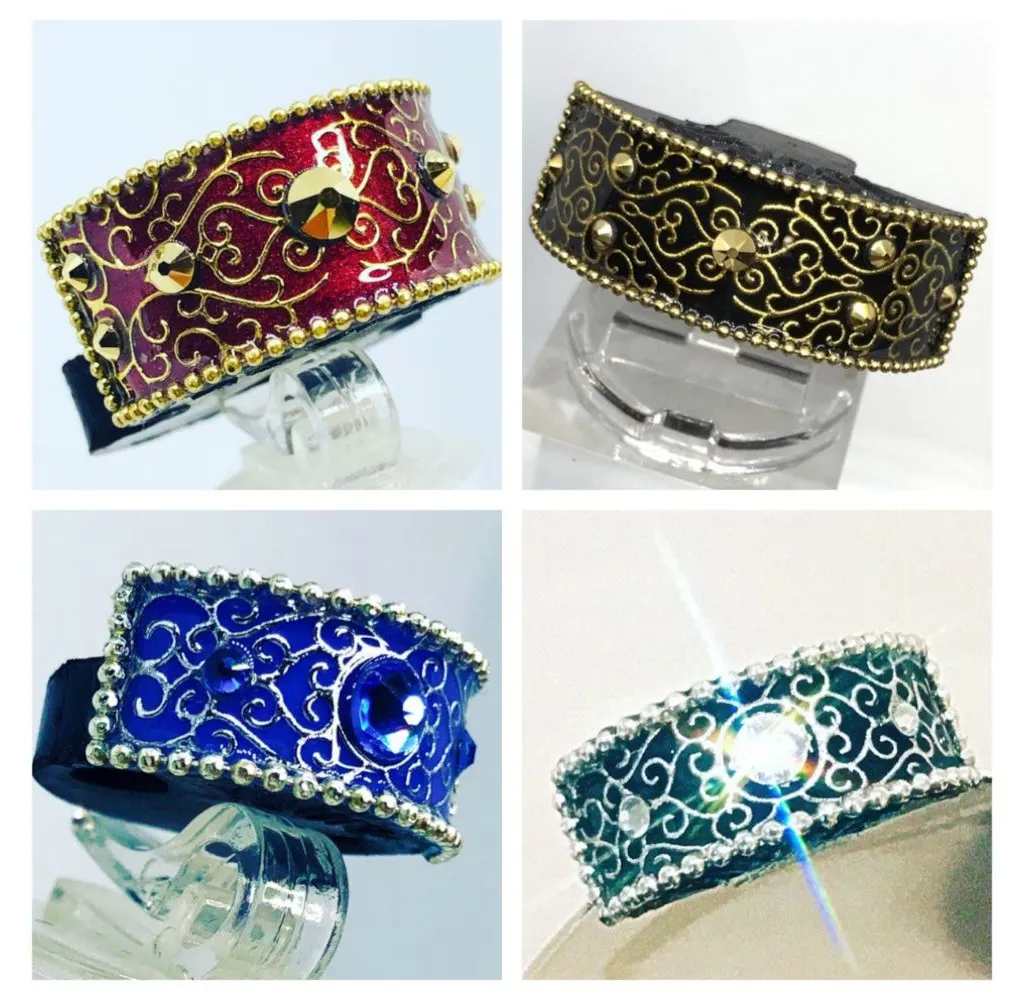It may be a small and cheap addition to a fiddler’s toolkit, but the humble mute has an important part to play. Here we explain what it is, and why every violinist needs one.
What does a violin mute do?
A violin mute is a small device that limits the vibrations of the violin bridge, thus dampening the sound.
How do we use it?
We slot it onto the violin bridge, where it helps to obstruct vibration. Find out more about the history of the violin here.
How do we put it on?
Mutes generally come with a little slit, which fits snugly over the middle of the bridge as well as the two middle strings (A and D).
Why are mutes so useful?
For a start, it can be quite helpful if you live in a flat, and want to practise the violin without receiving too many passive aggressive messages from your neighbours. What’s more, there are many chamber and orchestral pieces that actually call for muted strings, as they bring a particular quality to the overall sound.
undefinedBest pieces of classical music that feature violin mutes
The slow movement of Mahler’s First Symphony for one - where the sound of the muted strings in the middle section helps to create a dream-like atmosphere.
We ranked the Mahler symphonies from best to worst here.
Debussy was also a big fan of the mute, using it to similarly ethereal effect in works such as ‘Nuages’ from Debussy's Nocturnes and Prélude à l'après-midi d'un faune.
There are also pieces that rely on muted strings to evoke a sense of quiet menace, not least the Scherzo of Shostakovich’s String Quartet No. 1 in C major.
How long have mutes been around?
They date back as far as the 17th century: even Vivaldi calls for muted strings, not least in the second movement of ‘Autumn’ from The Four Seasons, where they enhance the music’s eerie quality.
How is a violin mute different from a cello or a viola mute?
They’re a bit smaller. Plus, cello mutes have an additional advantage in helping to eliminate wolf tones (notes that can’t be played properly on the cello, resulting in a creaking/squeaking sound).
Find out what the difference between a viola and violin is here.
What are violin mutes made of?
Usually rubber, but they can also be made of leather, wire or metal.
What is the difference between rubber mutes, wire mutes, leather mutes and metal mutes?
Mostly volume level: whereas a rubber mute tends to block out about 50% of the volume, a metal mute will reduce it by about 70%. Wire mutes only dampen the sound very slightly, so they are perfect for performances. Leather mutes, meanwhile, are said to produce a similar volume level to rubber mutes, but without sacrificing quality of sound.
What is the difference between a practice mute and a performance mute?
Practice mutes are generally heavier-duty beasts, which are more effective at minimising volume levels. These mutes tend to cover the entire bridge, rather than just the middle section of it.
The best mutes to buy: what kinds of mutes can you get at different prices?
Unlike some accessories for the violin, mutes are pretty inexpensive: a basic rubber one will set you back around £2.
But there are also the deluxe versions. The Bech magnetic mute system has a magnet to secure the mute to the tailpiece when not in use to prevent rattling.
The Heifetz mute meanwhile, invented by Henryk Kaston and violinist Jascha Heifetz and patented in 1949, allows for adjusting the degree of muting. Placed onto the top of the bridge, it stays on by friction, and may be slid up and down to vary the dampening effect.
Metal practice mutes, which are often coated in rubber, have a larger effect than rubber mutes. This chrome-plated one is available for just a slightly higher price point. There's a good one available on thestringzone.co.uk.
And for those who just want to pimp up their violin strings, here are some £50 mutes embedded with Swarovski crystals available on Etsy.

What are some well-known mute brands?
Tourte mute
The Tourte mute does the job it is designed to do, is sturdy but flexible and easy to whip on and off the bridge.
Spector mute
Unlike some mutes, which can be rather rattly, the Spector violin mute moves into position pretty much noiselessly and stays in place when not in use. It only provides a slight reduction in volume, however.
Gewa mute
A reliable brand for some heavy-duty volume control, the Gewa mute allows you to practise - even late into the night - without disturbing your neighbours.
